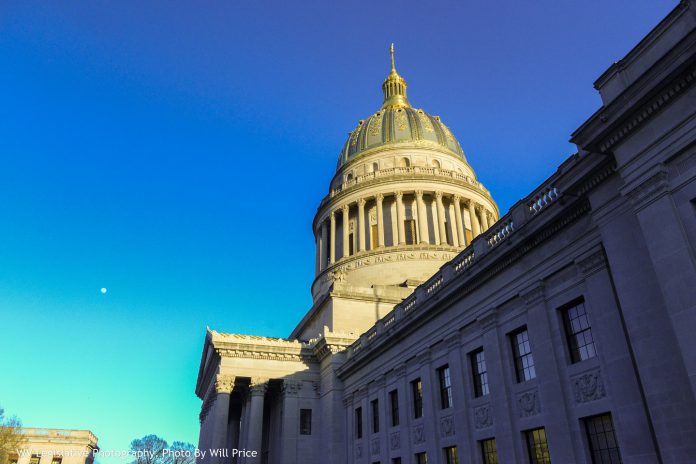
Reporting the actions of the West Virginia House of Delegates and the State Senate is a crucial part of the legislative process. Getting information across the ridges and through the valleys of West Virginia’s geographic hurdles is essential to the public interest. As such, media representatives throughout the state join forces with the Capitol press corps in Charleston to ensure full disclosure in line with democracy’s ideals of a checks and balances system.
Legislators use a variety of sources for disseminating information during a Session, while the public has options in selecting its news programs.
There are approximately 330 media outlets available to the citizens of West Virginia including newspapers, radio and television stations, as well as college publications. Many of these news entities take advantage of Associated Press (AP) services to strengthen their hometowns’ connections to legislative issues.
The Associated Press is the largest and oldest news organization in the world. News outlets that cannot send their own staff to the Capitol use materials provided by the Associated Press, which maintains staff in the Capitol press room.
Papers from the more populous areas of the state also send their political beat reporters to cover issues relevant to local concerns, as well as matters affecting the state in its entirety.
In addition to the print media, broadcasters for both television and radio stations and networks find a place in the House and Senate Chambers during floor sessions.
Unlike other states throughout the nation, the West Virginia Legislature provides floor privileges for members of the media. In the House, members of the media are located at a table in front of the Clerk’s desk. In the Senate, seats are reserved in the rear of the Chamber. Television cameras may be situated on the floors or in the galleries; however, legislative approval may be required because of space limitations.
Public television broadcasts throughout each week during the 60-day session, while a radio news broadcasting agency transmits weekly news and talk shows. Their proximity to lawmakers and other government officials and state leaders associated with the legislative process facilitates West Virginia’s representative democracy by bringing the news into citizens’ cars, offices and living rooms.
“Educate and inform the whole mass of the people… They are the only sure reliance for the preservation of our liberty.” – Thomas Jefferson
News gathering is not restricted to the Chambers, but is permitted and encouraged to occur in committee meeting rooms and offices throughout the Capitol. Microphones and memo pads are as prevalent with the press corps as are the cell phones and briefcases carried by lawmakers and lobbyists.
Throughout the Statehouse, legislators and the media meet at a crossroads to communicate key ideas of legislation which are being produced, introduced or passed by lawmakers. Their collaboration succeeds in sustaining the open forum that not only conveys legislators’ messages to citizens, but also encourages the public to use its voice.

